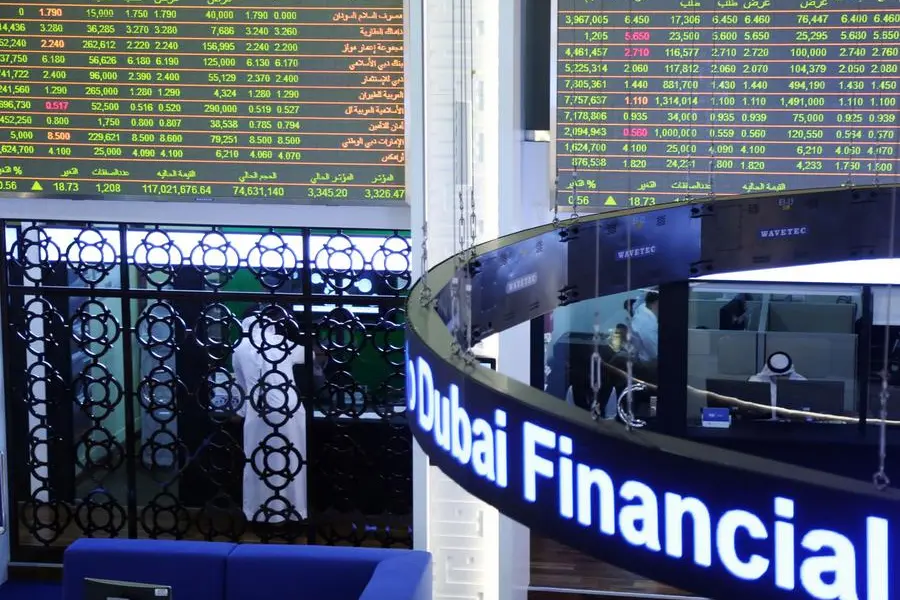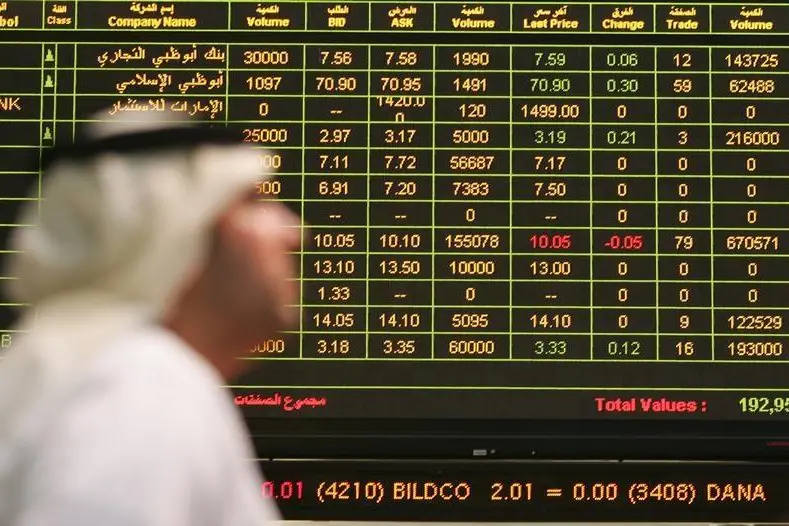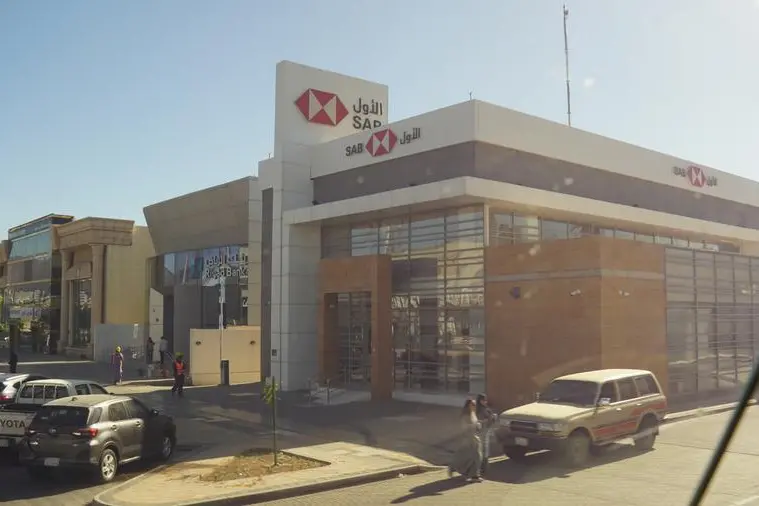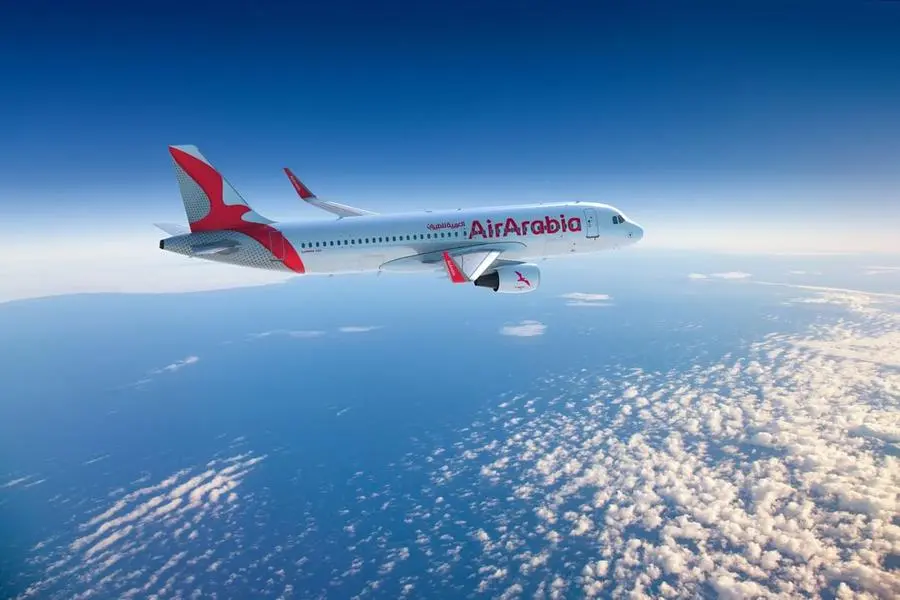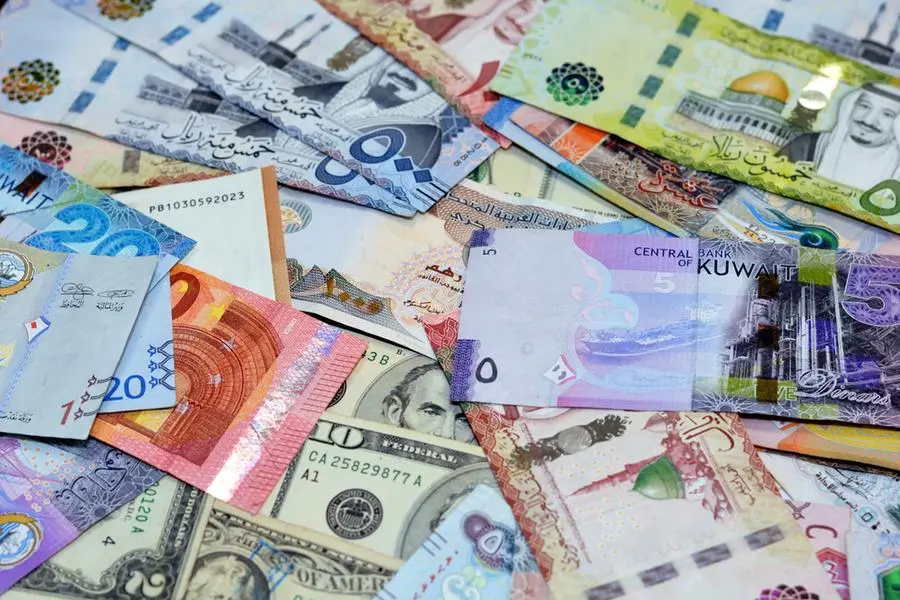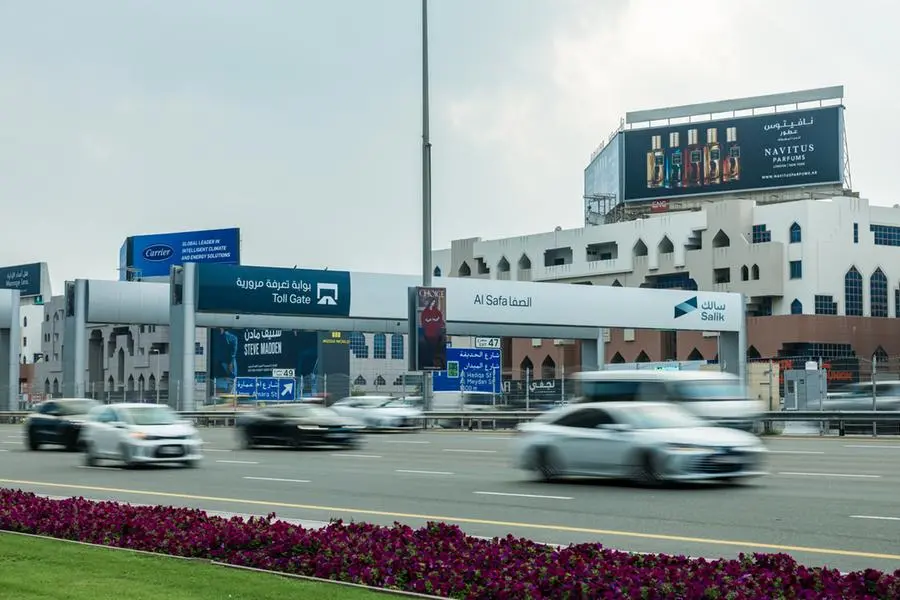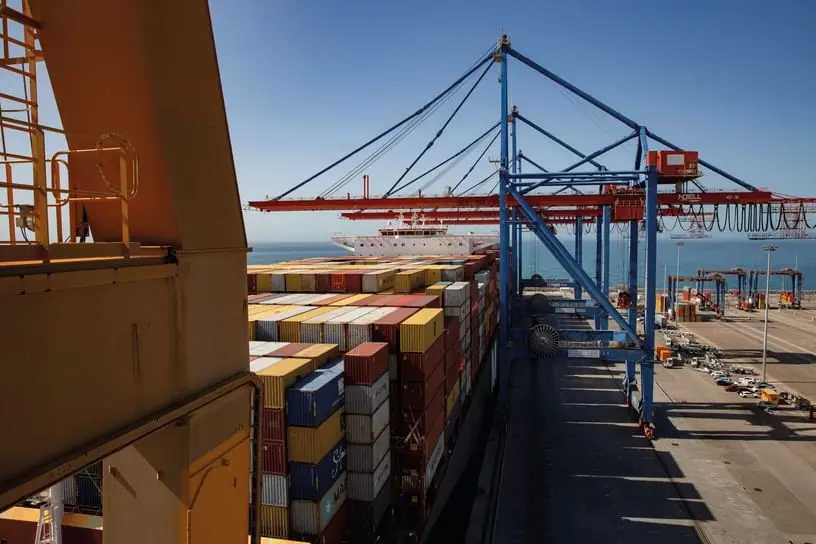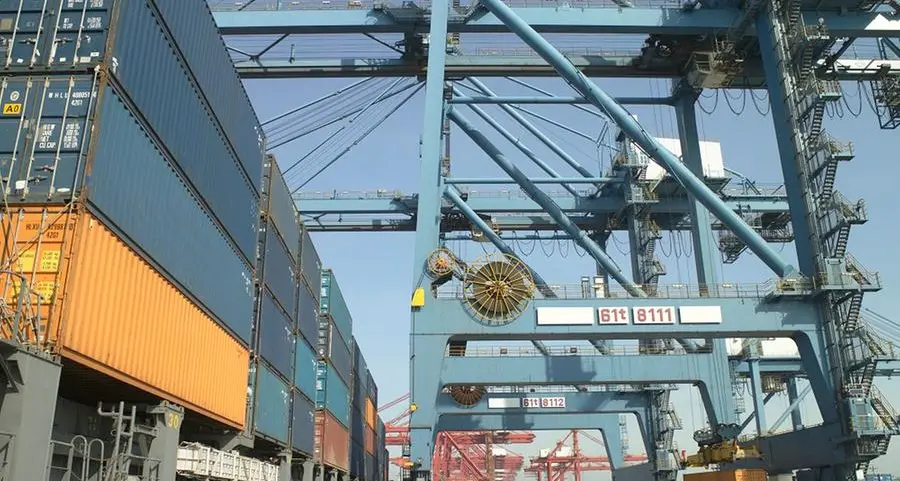An analyst from Citigroup has warned the tanker market will face assaults from three directions over the next three years.
The first is the growth of the tanker fleet, increasing by about 8 per cent this year, with very little being scrapped. In 2006 and 2007, he calculated the deadweight of the tanker fleet will increase by 45 million tonnes, while demand will increase three per cent.
The second pressure is that of interest rates. With ship finance based on the London Inter Bank Offering Rate plus a percentage, interest rates are moving higher as the Bank of England, the US Federal Reserve and the European Central Bank move rates upwards.
This movement is in reaction to rising oil prices which is an inflationary pressure they are keen to keep in check.
The third pressure is that of high bunker prices, which are unlikely to fall after Annex VI of the International Convention for the Prevention of Pollution from Ships (Marpol) comes into force on May 19. They are not likely to come down in any case until oil prices fall.
VLCCs
Very large crude carriers (VLCCs) have been busy, especially in the Arabian Gulf (AG), but have not benefited much from any significant increase in rate levels. The 1995-built Kensington of 298,000 deadweight tonnes (dwt) was fixed to Chevtex for a voyage to the US Gulf at Worldscale (Ws) 81.5.
A two-tier market developed to the Far East, with AG/South Korea and China, attracting Ws90 for modern tonnage and Ws79 for older ships. Looking south, Shell fixed the Nuri for a voyage to South Africa at Ws82.5.
Already volumes for AG May loadings are looking to be above recent averages, with nearly 100 fixtures already concluded for the month so far. These are split 34 for loading in the first ten days of the month, 45 between May 11 and 20, but only 17 arranged for May 20-31.
This would suggest there are another 20 deals to be concluded. In normal conditions, one would expect markets to rise with these volumes and be much more volatile. With Saudi Arabia opening up the taps, however, and the comments from Citigroup on an over-tonnaged market, it has been suggested the flat rate structure will continue.
In West Africa, rates stayed at Ws97.5 to the US Gulf, while a West Africa/Taiwan voyage on the Astro Centaurus paid Ws92.5. In an unusual voyage, the Euronav VLCC Bourgogne fixed 270,000 tonnes of fuel oil from the Caribbeans to Singapore or China. The voyage paid $3.9 million (Dh14.3 million) for Singapore, $5 million (Dh18.4 million) for South China and $5.35 million (Dh19.6 million) to North China. If it discharges Singapore the fuel is blended to produce the correct cocktail for the Chinese market and reloaded to feed China's growing appetite for energy.
Suezmax
In the Suezmax sector, there is a two-tier market developing. Usually, this is by age, but in this case, it is by hemisphere. Rates are on the climb in the West but falling in the East. In the Gulf, the picture was far from rosy.
Rates eased back with less enquiry being quoted. The Front Sunda was fortunate in being concluded AG/Far East at Ws120 to Chevtex. Voyages to the West obtained less; a trip to the US Gulf attracted a rate of Ws117.5, while a replacement vessel fixed to the Portuguese company Petrogal was paid Ws105. Red Sea and Indian voyages paid Ws115 and Ws105, respectively.
In West Africa, rates moved up from Ws140, with some 50 million barrels of crude oil out of approximately 97 million barrels being lifted on Suezmax vessels.
The Onassis vessel Olympic Flair was concluded for 130,000 West Africa/US at Ws155 to Sun Oil. A similar picture is emerging in North West Europe, as several deals were concluded from the North Sea to the US. Rates moved in parallel with West Africa up from Ws140 to Ws155. The Genmar Orion was fixed from the west coast of Norway to the United States at that rate level to Navion.
In the Mediterranean and Black Sea loading areas, rates also firmed ahead of a greater volume of orders; rates increased 10-15 points to Ws165/170 for Med loading. Typical was the Aegean Dignity fixed from Arzew to North West Europe at Ws165. Black Sea cargoes are also the subject of optimistic offers with owners holding out for rates above Ws200.
On the period front, SCI are reported to have extended the Desh Shakti of 157,957dwt to Glencore for 6 option 6 months timecharter at $41,500 (Dh152,305) per day.
Aframax
In the Aframax sector, East of Suez still struggled to get by. The Golden Week holidays in Japan and the Chinese festivities all conspired to keep activity at a low level. Rates have probably bottomed out at about Ws130. The Mediterranean continued to blossom with rates climbing to Ws230 for intra-Med voyages and Ws242.5 for Black Sea loaders. The tonnage list is getting thinner for May and the forecast is for a still firmer market.
It was a less busy week in the North Sea, but rates have firmed on the back of an extremely busy Baltic crude and fuel oil market. There is also a rise in owners' confidence after the strengthening in Mediterranean and Black Sea rates. The normal 80,000 tonnes inter-UKCont cargo is attracting rates of about Ws155 and 100,000 Baltic/UKCont around the Ws170/175 level. Transatlantic rates are largely untested but a premium of 10-20 points would probably be the order of the day for such a voyage.
The writer is a shipbroker and marine consultant with more than 40 years of experience in the tanker and dry cargo markets.
Gulf News








